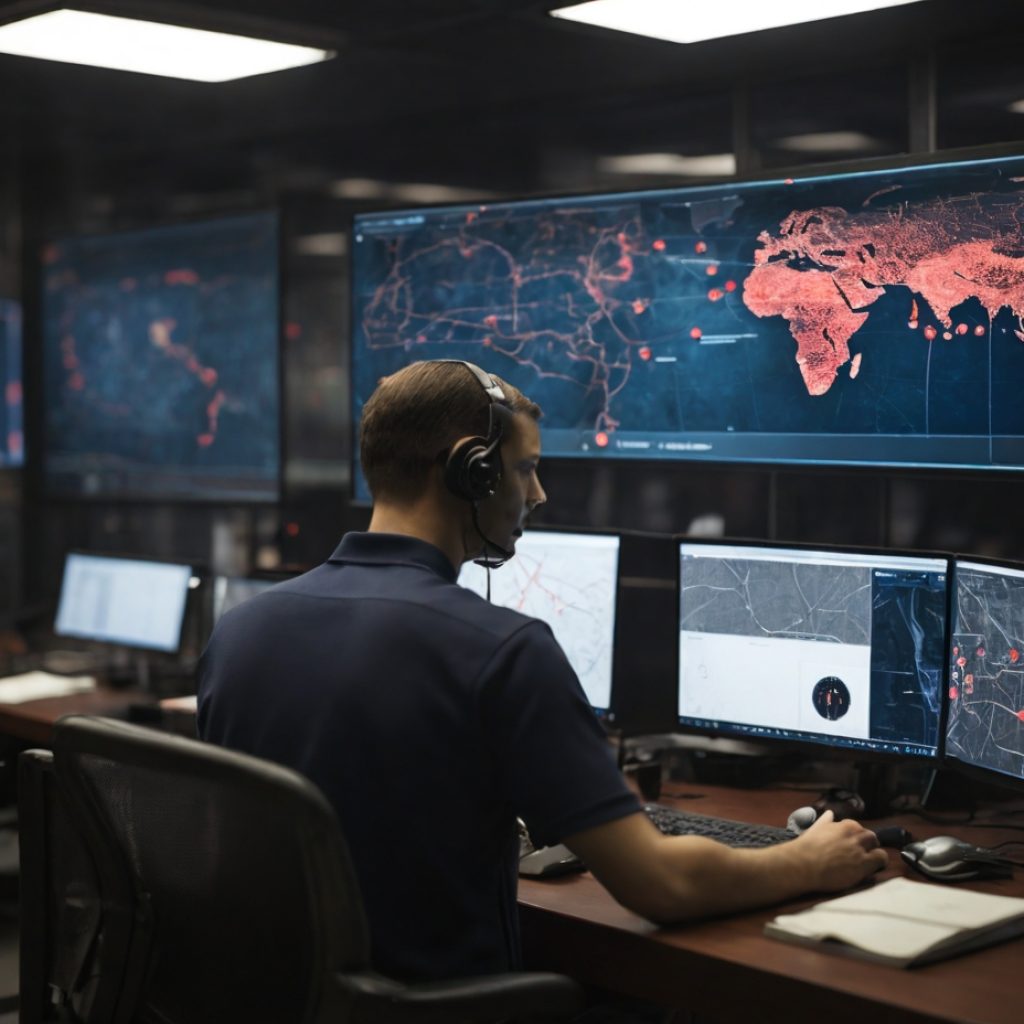Amid growing curiosity and uncertainties surrounding the incorporation of ChatGPT in educational settings, OpenAI has launched an extensive guide, “Teaching with AI.” Designed to empower educators to make the most of ChatGPT’s potential to improve the learning experience.
Empowering educators with AI
OpenAI’s “Teaching with AI” guide marks a significant step in addressing the increasing interest in AI’s role in education. This comprehensive resource equips educators with valuable insights and strategies for effectively utilizing ChatGPT.
Key features of the guide
The “Teaching with AI” guide offers several essential features:
- Educator FAQ:
The FAQ section addresses common questions and concerns regarding ChatGPT’s integration in educational settings. It provides clarity on the tool’s capabilities and limitations, enabling educators to make informed decisions.
- Learning Prompts:
The guide includes various learning prompts to facilitate the integration of ChatGPT into lesson plans. These prompts encourage innovative uses of the AI tool, such as generating lesson plans, quizzes, role-playing conversations, and assisting English language learners.
- Collaboration and Oversight:
OpenAI emphasizes the significance of educators maintaining control over ChatGPT’s usage in classrooms. Collaboration between teachers and students is encouraged, creating an environment where students can share their ChatGPT interactions and learn from each other.
- Reflective Learning:
OpenAI suggests that students maintain records of their AI conversations to assess their progress. These records serve as valuable resources for tracking the development of skills like questioning, analyzing responses, and integrating information. Teachers can leverage these records to provide personalized feedback and support individual growth.
Addressing plagiarism concerns
The “Teaching with AI” guide also discusses the crucial issue of plagiarism detection. It acknowledges the limitations of current AI detectors used to identify AI-generated content in student assignments. OpenAI acknowledges that existing tools have faced criticism for inaccurately flagging plagiarism and potentially discriminating against non-native English speakers. Notably, OpenAI took down its AI Classifier, a ChatGPT plagiarism finder, due to reported low accuracy.
The guide underscores that even the most advanced tools cannot reliably distinguish between AI-generated and human-generated content. Students can make subtle edits to evade detection. As an alternative, OpenAI recommends a more holistic approach:
- Encourage students to maintain records of their ChatGPT interactions.
- Encourage students to “show their work” and document their ChatGPT conversations.
- Promote “AI literacy” by modeling appropriate AI use and analyzing the AI’s responses.
The “Teaching with AI” guide offers four example prompts authored by Ethan and Lilach Mollick, renowned professors and researchers at the University of Pennsylvania’s Wharton Interactive. These prompts can be seamlessly incorporated into ChatGPT conversations to guide its responses.
Examples of prompts:
- Developing lesson plans: Empowering educators to use ChatGPT to develop innovative lesson plans.
- Create effective explanations, examples, and analogies: Supporting educators in crafting clear and engaging instructional content.
- Help students learn by teaching: Encouraging students to interact with ChatGPT to enhance their learning experience.
- Create an AI tutor: Enabling students to utilize ChatGPT as a study aid and assignment completion tool.
Maintaining a human-centric approach
The guide underscores the importance of instructors retaining the final decision-making authority when using ChatGPT. It advises that AI should be seen as a starting point, with educators ultimately responsible for evaluating and shaping the content generated by the model. The human touch is crucial in the educational context, as AI models may exhibit biases and inaccuracies.
OpenAI firmly advocates for a “human in the loop” approach, where a person uses AI as an aide but exercises their judgment to make final assessment decisions. This approach recognizes the limitations of current AI models and their inability to capture the full complexity of educational contexts and individual student needs.
Educators must be aware that ChatGPT is not connected to the internet, limiting its access to data beyond 2021. Educators should also consider evolving district policies before integrating ChatGPT into their classrooms.
Additional resources for educators
The “Teaching with AI” guide directs educators to further resources, including online courses on AI use by organizations such as the International Society for Technology in Education (ISTE) and Microsoft. These courses can provide valuable insights and strategies for educators looking to enhance their AI literacy.
OpenAI’s “Teaching with AI” guide empowers educators to embrace ChatGPT as a valuable tool for enhancing the learning experience. By providing comprehensive insights, examples, and guidance, OpenAI enables educators to harness the potential of AI while emphasizing the crucial role of human oversight and judgment in education. This resource reflects OpenAI’s commitment to promoting responsible and effective AI integration in educational settings.





